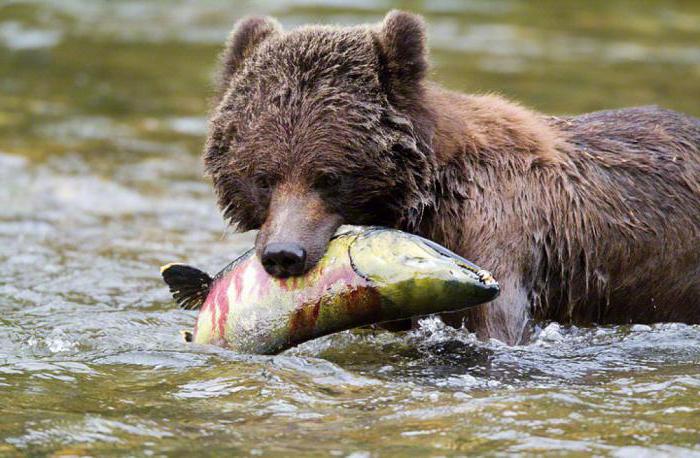Laplatskaya lowland is on the mainlandSouth America. On this continent, it is the second largest, yielding to the Amazon. Its area is more than 3 million square meters. km The lowland is densely indented with rivers, which makes its soil suitable for use in agriculture. These are mainly southeastern areas. But in the north the area is too swampy. The lowland is the valley of the river La Plata.

Geographical position
Lowland stretched in the meridional directionat 2,400 km. It starts from the central part of the continent and descends to the south. In the north and partly in the west it borders on the semi-desert region of the Gran Chaco, in the northeast it faces the Brazilian Highland. In the south and southeast, the Laplatskaya lowland reaches the borders of the South American steppes - the pampas. In the west, it borders the Prekordillera region.
Characteristic
The following countries occupy the territory of the lowlands:Brazil, Paraguay, Uruguay, Bolivia and Argentina. This area lies on the southern trough of the South American platform, which provides a relatively flat terrain character. The prevailing height of the Laplatskaya lowland is 0–200 m above sea level. Only in the northeast, the relief rises somewhat, forming small single hills and elevations. The local name of these crystalline rocks that emerge to the surface is kuchulyas.
On the lowlands flow large rivers - Uruguay,Iguazu and Paraná. They flow into the estuary of La Plata. The territory, which is limited to rivers, is called the Argentinean Interfluve. Water flows through the local territory, form deep valleys, waterfalls and rapids.

Climatic features
This lowland lies withinsubtropical and tropical climatic zones. The weather and humidity of the air are greatly influenced by air masses coming from the Atlantic. Rainfall decreases from east to west. The average annual rate in this area is 1,000–1,200 mm / g. Average air temperatures range from + 22 ... + 24 ° С - in January (summer of the Southern Hemisphere) and + 10 ... + 15 ° С - in July (winter of the Southern Hemisphere).
In the summer, hot weather blows from the north.winds. They bring the scorching heat and the maximum air temperature, which sometimes can reach +45 ° С. From time to time, from the southern Antarctic side, local storm winds — Pampero — penetrate into the territory, which bring frosts (down to -5 ° C). These air masses are of short duration. What is unique is that it is in such a period that the Laplatskaya lowland is covered with frost. What's so surprising about that? But just imagine that in these territories, unlike in Russia, there is practically no cold!
Natural areas
The natural zone of the Laplatskaya lowland is similar tosteppe. Vegetation is rampant throughout the year, as there are no long frost periods on the territory. In the south, prairies dominate. In the north of the lowland is the most marshy territory of the planet - the Pantanal. It is a tectonic depression, with a total area of 150 thousand square meters. km and a height of 50 m above sea level. The marshland was formed due to the permanent sediments of the largest rivers that cut the Laplatskaya lowland. On the map below you can consider in detail the features of the geographical location of the territory.
On the northeast limits of the lowland passesnatural zone of forests and light forests. It is represented mainly by evergreen trees, various lianas, bamboos and shrubs (the most common shrub of the region is Paraguayan tea). Further to the south, forest vegetation is completely replaced by grass.

Pampas
Самым благоприятным регионом Лаплатской Lowland considered southeast. This territory is occupied by steppe spaces - the pampas. Fertile gray-brown soils are common here. The land is actively used for crops of fodder and cereal crops (wheat), as well as maize. This territory contains the largest pastures.
Due to anthropogenic interference in this areathe animal world has completely changed. Many species of ungulates, birds that previously lived in the local territory, disappeared. Of the animal inhabitants in the region, only rodents remained.

Use of territories
The Laplatskaya lowland has been plowed open for many centuries, so there is no indigenous vegetation cover here. The landscape of the territory is completely modified.
The transition from summer to winter in the areaminor. This favorable moment makes it possible to use the land for agriculture throughout the year. The eastern part of the region is considered the most naturally irrigated. This is facilitated by the Parana River, Uruguay and their many tributaries. Laplatskaya lowland is drier in the west. The number of water flows here is much less, and they are seasonal.












